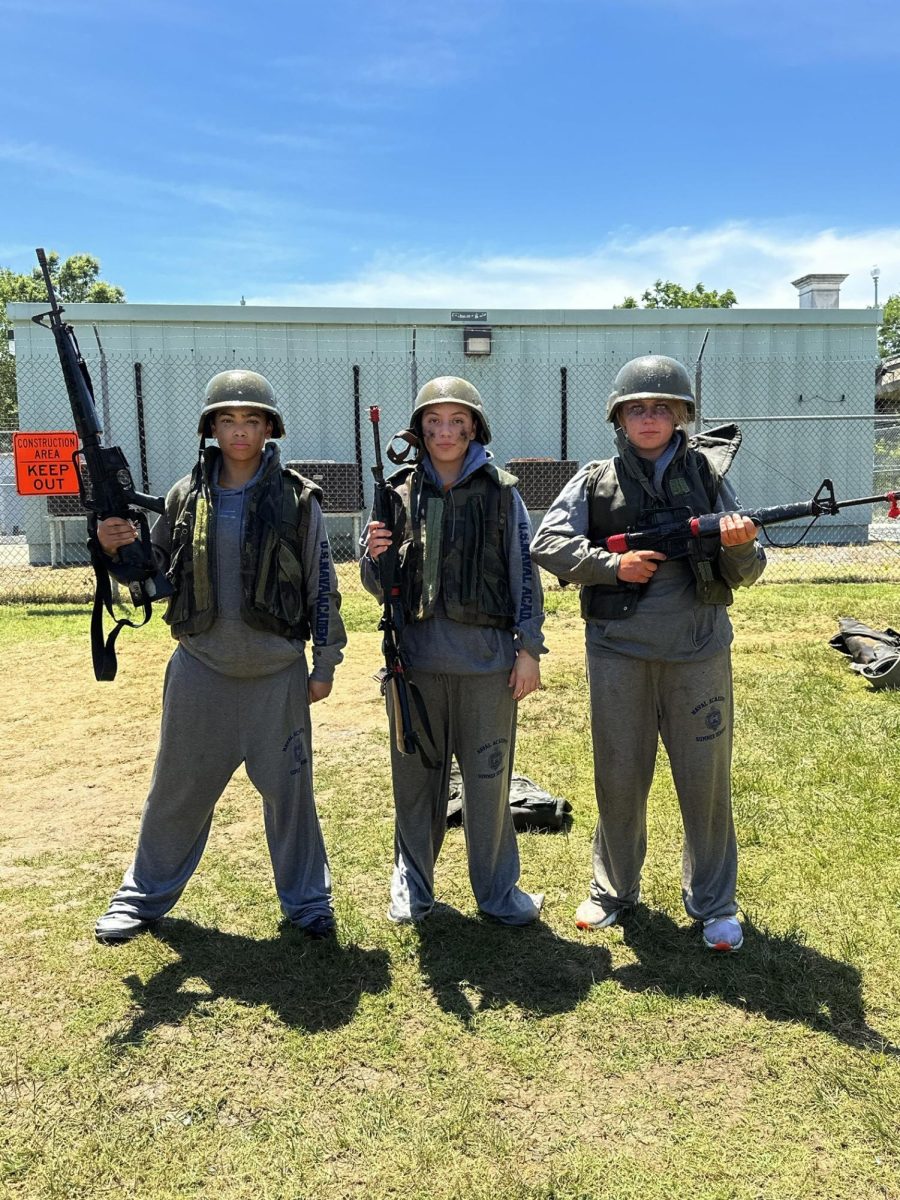“Touchdown confirmed. We’re safe on Mars.” With a simple declaration, NASA’s Jet Propulsion Laboratories (JPL) once again proved their ability to execute, landing the SUV-sized rover Curiosity on Martian soil with nothing more than a thin layer of dust as evidence of its deployment. The outstanding success on August 6, 2012, represented a continuation of proud NASA heritage. For Los Altos High School graduate David Blake, the landing was the culmination of his 22-year project.
Blake pioneered the development of an integral instrument, CheMin, on the Curiosity rover. However, Blake anticipated a far different career.
“I knew I wanted to be a geologist [as a child],” Blake said. “I guess I never really realized I could be an employed geologist, so in college I became a biologist, and my undergraduate degree [from Stanford] was biology.”
Blake’s passion in geology led him to a career at JPL right after college, where he worked for the NASA Ames Research Center in a post-doc fellowship after earning a Ph.D. in Biology. It was then that a great idea grabbed him and captivated his attention for 22 years, culminating in the successful landing of the Curiosity rover. One day at the Ames Research Center, Blake stumbled upon a forgotten piece of equipment in an abandoned lab – a late 1940’s x-ray camera. He pictured the tool as updated and repurposed for a different, more advanced use. In that moment, Blake formulated an idea that eventually became the $40 million instrument, CheMin.
“The instrument is called CheMin,” Blake said. “[CheMin] uses a technique called x-ray diffraction or XRD [which] tells you the structure of the crystalline materials in a sample…It tells you the minerals present in a sample in a very definitive way.”
Blake applied for a grant from NASA just as the Curiosity project was funded, and JPL recognized the potential in the tool and its possible application to the rover mission. The technology was streamlined to be made more efficient. CheMin eventually became a prominent and integral part of the rover’s complex analytical tools. And on October 30, 2012, after over 20 years in development, CheMin proved itself and it and Curiosity returned the first analysis of Martian soil, providing the first quantitative data to support scientific theories. Unlike the landing of Curiosity, however, Blake’s career path was far from smooth.
Blake’s academic journey began at LAHS, but he remembers little of his experience.
“I remember being really scared when I was playing junior varsity football; I was not a very good football player,” Blake said. “That was a scary thing. I remember biology was a lot of fun, [but] that was a really long time ago.”
During his time at LAHS, Blake said he focused much of his education on the same STEM concepts the school has begun to focus more on in the past few years. He credits much of his success, however, to simply having a good idea.
“I started working on this idea in 1991,” Blake said. “The curious thing is that when you have a good idea, it may not be a good idea when you have it. It’s a good idea when people realize its a good idea … It just took a long time for people to give their attention to what I was doing, so I just kept improving it a little bit at a time.”
Blake attributes the eventual recognition and success of CheMin to perseverance and diligence. Creating the technology was a long-term endeavor which dominated 22 years of Blake’s professional career. Blake said he is aware of the degree of effort and struggle embodied in his work.
“It’s been 22 years building this instrument, and so from that point to now, that’s a good part of my professional life,” Blake said. “So it’s really exciting to see this [landing] happen.”
Blake will continue work on the Curiosity mission for as long as the rover lasts on Mars, but his work on the device has driven him to find new applications of the same technology. For instance, one use involves the analysis of pharmaceutical products.
“Right now I’m involved in developing nations, using this technology to find counterfeit pharmaceuticals as they are dispensed,” Blake said. “The same kind of technology that allowed this thing to go to Mars allows it to be portable, battery-powered and taken anywhere in the world to do this kind of analysis.”
Blake said he also recognized the value of our surroundings at Los Altos. In Blake’s opinion, the number of opportunities students have to experiment here in Silicon Valley is priceless. If students are as passionate as Blake is about his type of work, he said, they are lucky to live where they do.
“[Students here] are really at the nexus, the focus, of modern technology in the world,” Blake said. “If you look at the things that have been created: Netscape, Google, Yahoo, they were all started within a mile of Los Altos High School. It’s just incredible, the amount of technology and the amount of science that has been created in this area.”
Beyond having a rigorous academic courseload, especially with STEM-focused classes, Blake said that only students truly intrigued by the subject should make the effort to enter the field.
“You need to do the things that you want to do,” Blake said. “The people who really want to do this, they need to work hard and persevere and it will happen for you, but if its something that you don’t want, you need to follow your passion.”








